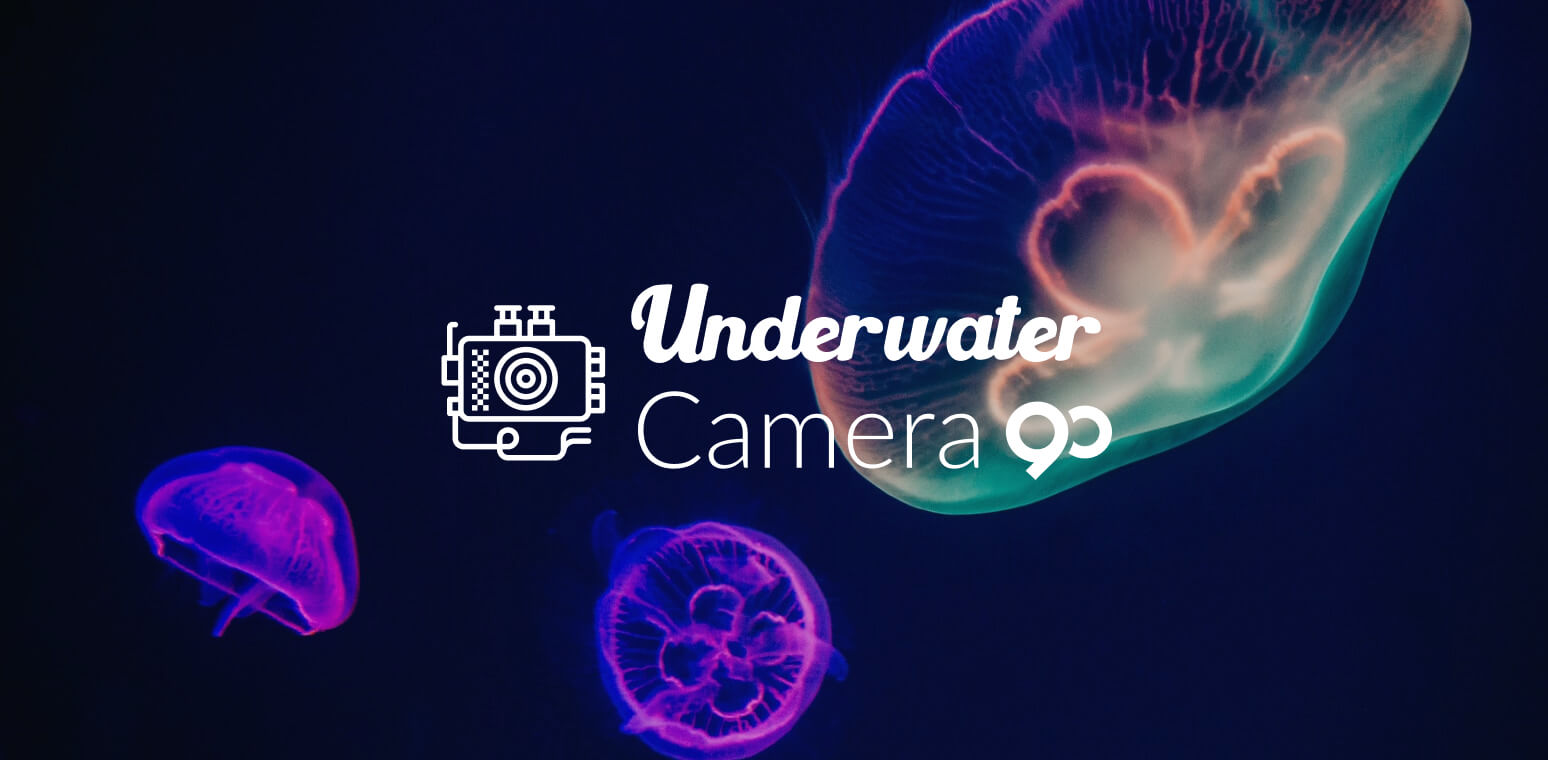Hi,
Get in touch with us today to chat about your next project.

Underwater cameras open up a new world of photographic possibilities, but many new photographers don’t know how to take full advantage of them.
The problem is often one of knowledge; photographers who have not worked in water often cannot correctly evaluate underwater cameras, and end up renting the wrong ones.
It’s crucial to look beyond the viewfinder, which may not accurately reflect what the final photos will look like, and focus on performance features.
Chief among these is flash, which is crucial to adapting to the rapid lighting changes that occur in water.
Choose a camera that gives you as much control as possible over the direction and intensity of the flash; you can then tailor this to the amount and source of ambient light available, resulting in clear, colorful pictures.
Underwater cameras should also have a variety of scene modes, which you will need to capture wide angles, color tones, and other nuances. This is particularly important if you plan to photograph fish, which are often too fast for traditional cameras.
Finally, make sure to rent an underwater camera that can zoom in from as far a distance as possible, as divers often lack control over position and distance.
Make a record of scuba dives, snorkeling trips, diving competitions, and other underwater adventures
Photograph or film undersea wildlife, whether for scientific research or personal interest
Capture “split” images that incorporate shots of an object both above and below the waterline
Record your experiences while surfing, whether above the board or below it
Though these are the most common uses for underwater cameras, they are only the beginning of what a qualified diver-photographer can capture below the sea.
Once you’ve picked a camera, make sure to get used to it before you set out on ambitious photographic endeavors.
Start by taking a few pictures in shallow waters, gradually going lower as you learn how to use the flash in the changing light. Practice holding the camera still, no small feat when swimming in a current, and balancing the position and the buoyancy of your body.
Once you are used to taking still shots, try some panoramic ones, slowly tilting the camera so you incorporate the undersea images as seamlessly as possible.
By gradually building underwater photography skills, you will be able to take ever-more ambitious photos and videos each time you rent an underwater camera.